While you may think of napping as a luxury reserved for the weekends, taking quick power naps throughout the workweek is not without its benefits — just make sure your boss is okay with it first! Here are four of the most important health benefits of napping:
1) It increases your level of alertness.
Even a 40-minute nap will increase how alert you are by a full 100 percent. Just think of the ways that extra energy will improve your work performance or help you tackle chores around the home!
2) It boosts memory retention.
If you take a mid-afternoon nap when you start to feel tired, once you wake up you’ll be able to remember more facts and deliver a better performance without feeling sluggish.
3) It prevents disease.
That’s right: napping regularly not only improves your brain function, it also improves your overall health. Napping for just 30 minutes a day a few times a week is said to decrease your risk of heart disease and diabetes and help your body to heal itself more quickly.
4) It makes you happier.
It may seem like common sense that you feel less grumpy after a nap, but there’s more to it than that. Napping increases your brain’s production of the mood-enhancing neurotransmitter serotonin, which increases overall feelings of well-being and decreases stress.
Napping: Do's and don'ts for healthy adults [Mayo Clinic]
The Health Benefits Of Napping: Resting Can Help Reduce Stress And Protect Immune System [Medical Daily]
Unleash the Power of the Nap [The Art of Manliness]


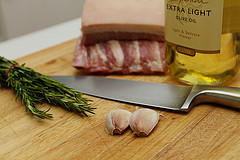


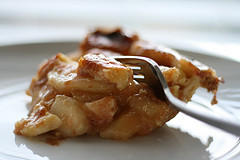
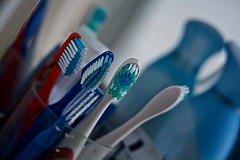
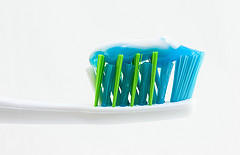
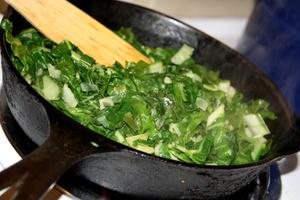
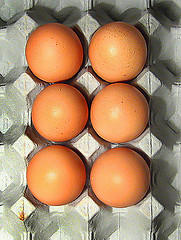
 Equal Housing Opportunity
Equal Housing Opportunity